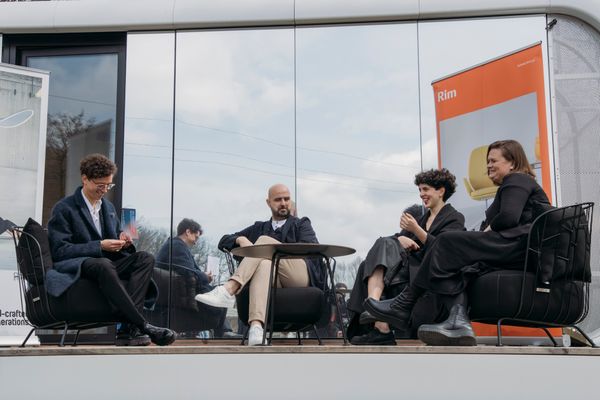Waiting, delays, cancellations, replacements, changes and even more waiting—bus stations are not our favorite places, although if we take a closer look, we can discover very exciting architectural solutions in their buildings. In our selection today, we took a look at the most diverse bus stations in socialist modernist architecture.
Pink dream | Alba Iulia, Romania
It is worth traveling to Alba Iulia by bus, as the station is like arriving at the next Wes Anderson film set. The building of the station, built in the 1970s, consists of relatively simple shapes, however, the pink concrete strips on the façade and the autogara sign written in a rhombus make the atmosphere of the place unusual and charming at the same time.
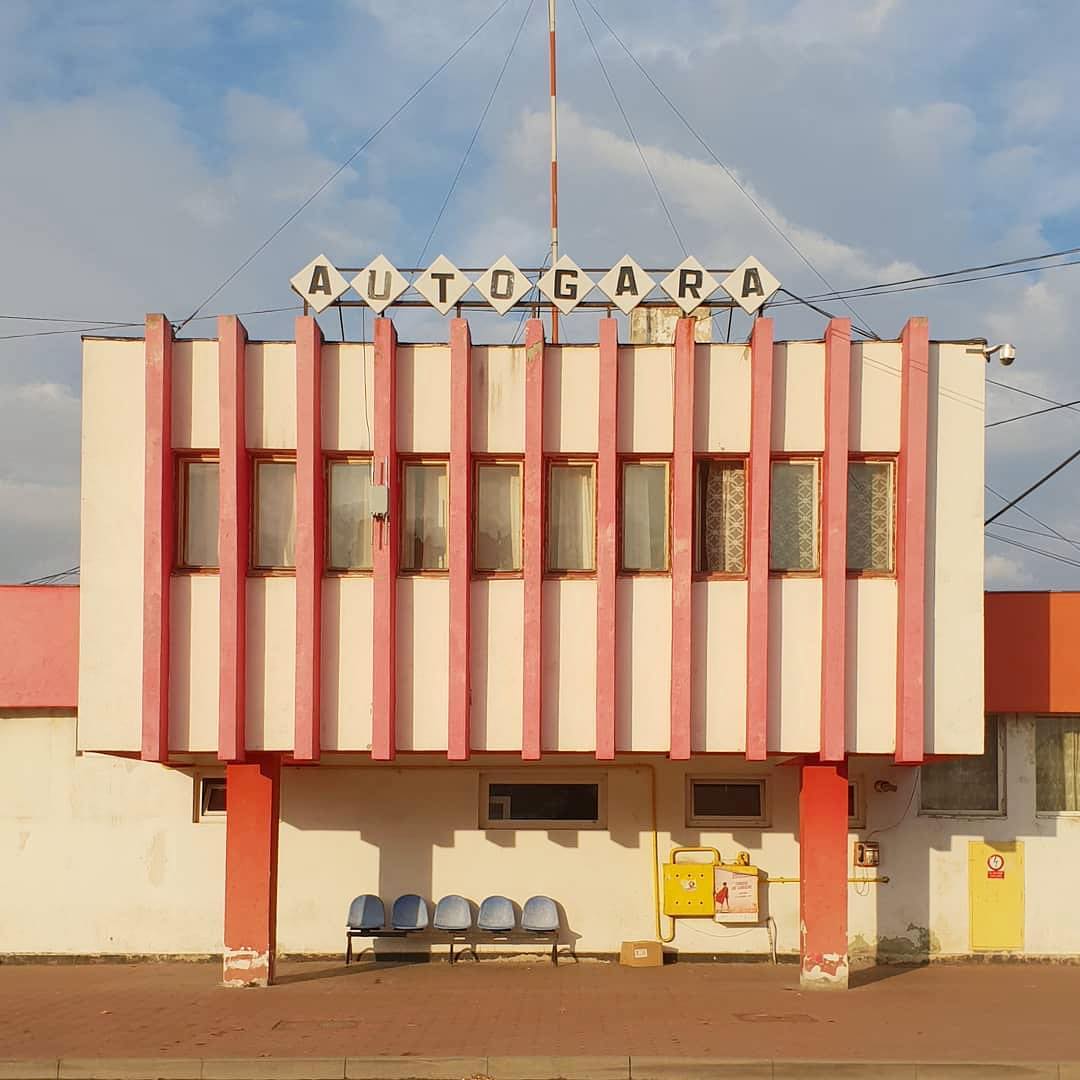
Graceful figures | Balatonalmádi, Hungary
Balatonalmádi’s bus station was handed over in 1976 with ten platforms. Its designer was Mária Nyíri, whose name may have been familiar at that time in connection with the VOLÁN bus stations in Dunaújváros, Hódmezővásárhely or Makó. Instead of the square shapes typical of the bus station architecture of the era, Nyíri reached for delicate, rounded shapes in Balatonalmádi. The weight of the waiting and office building is given by two connected cylinders, the shading roofs of which are rounded in a streamlined manner. The waiting room has a central floor plan and a mosaic painting by András Rác.
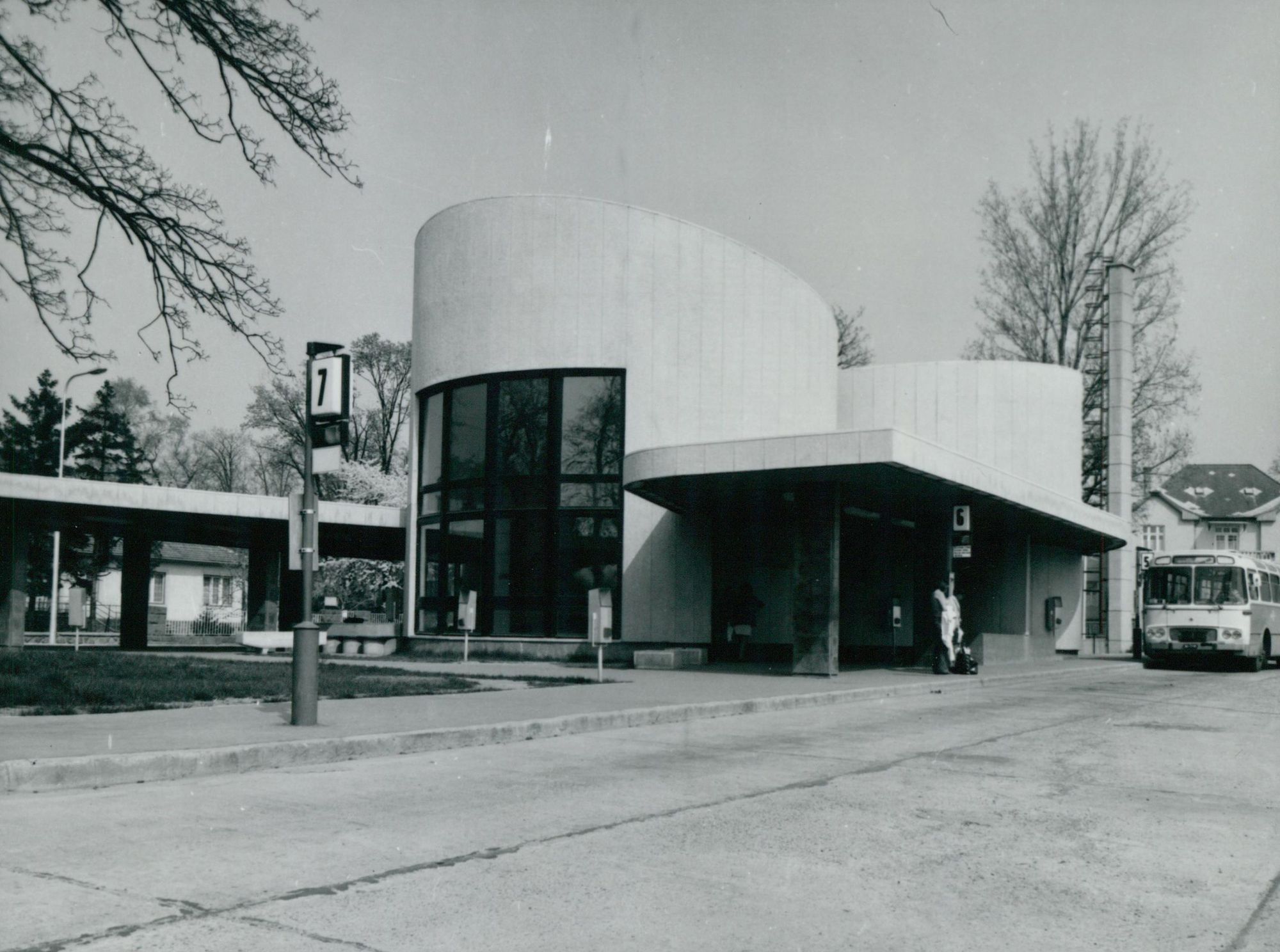
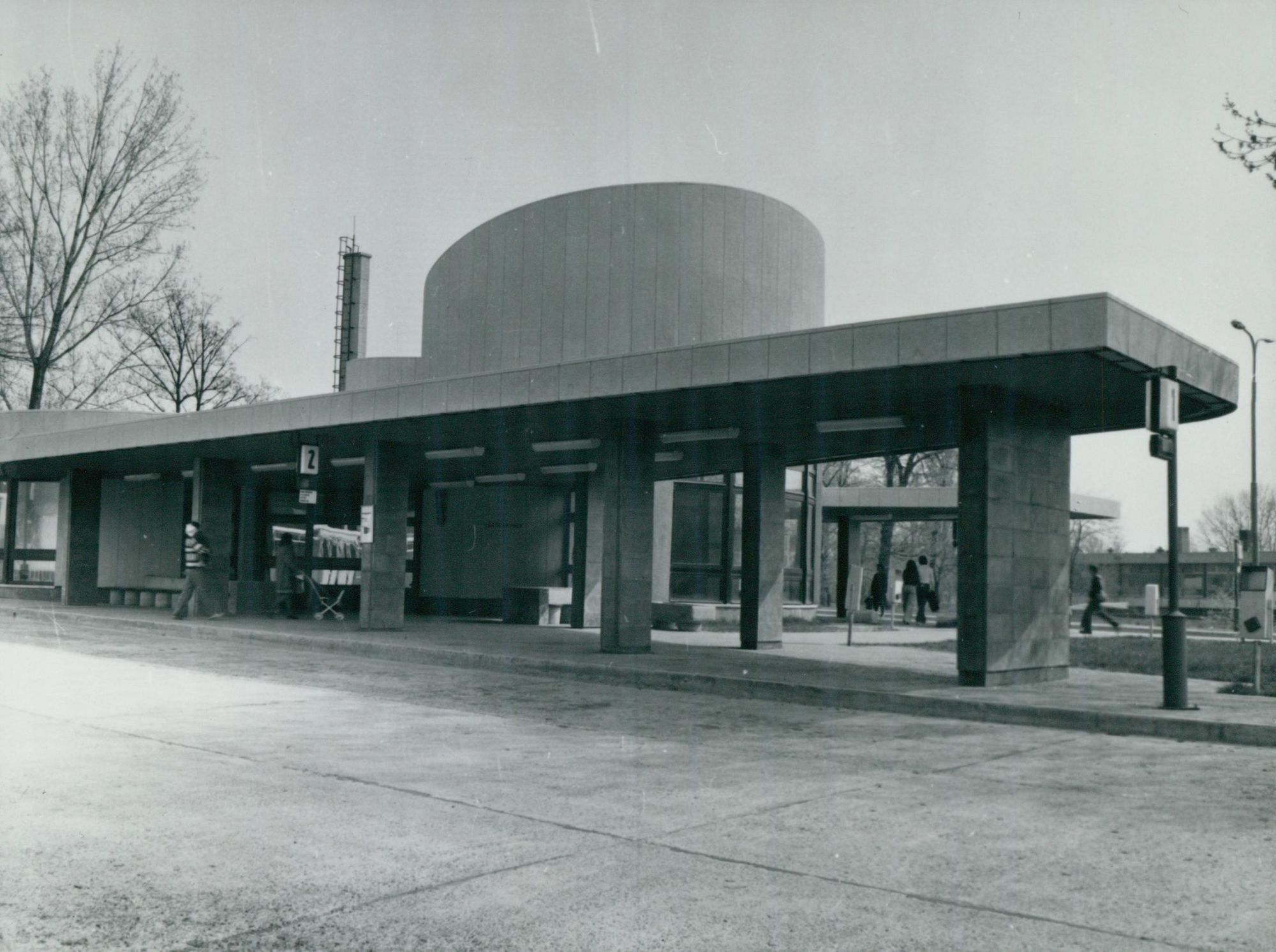

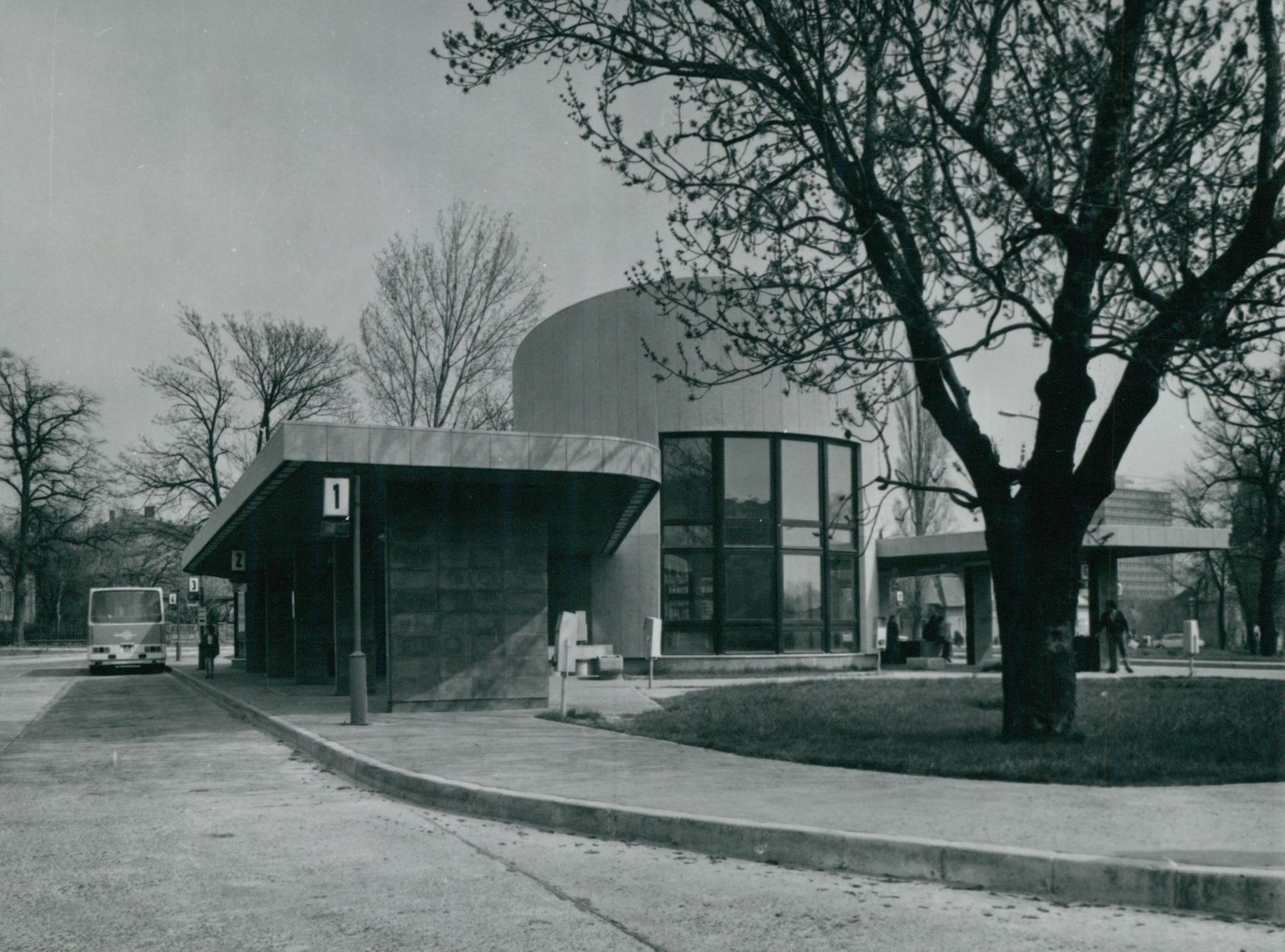
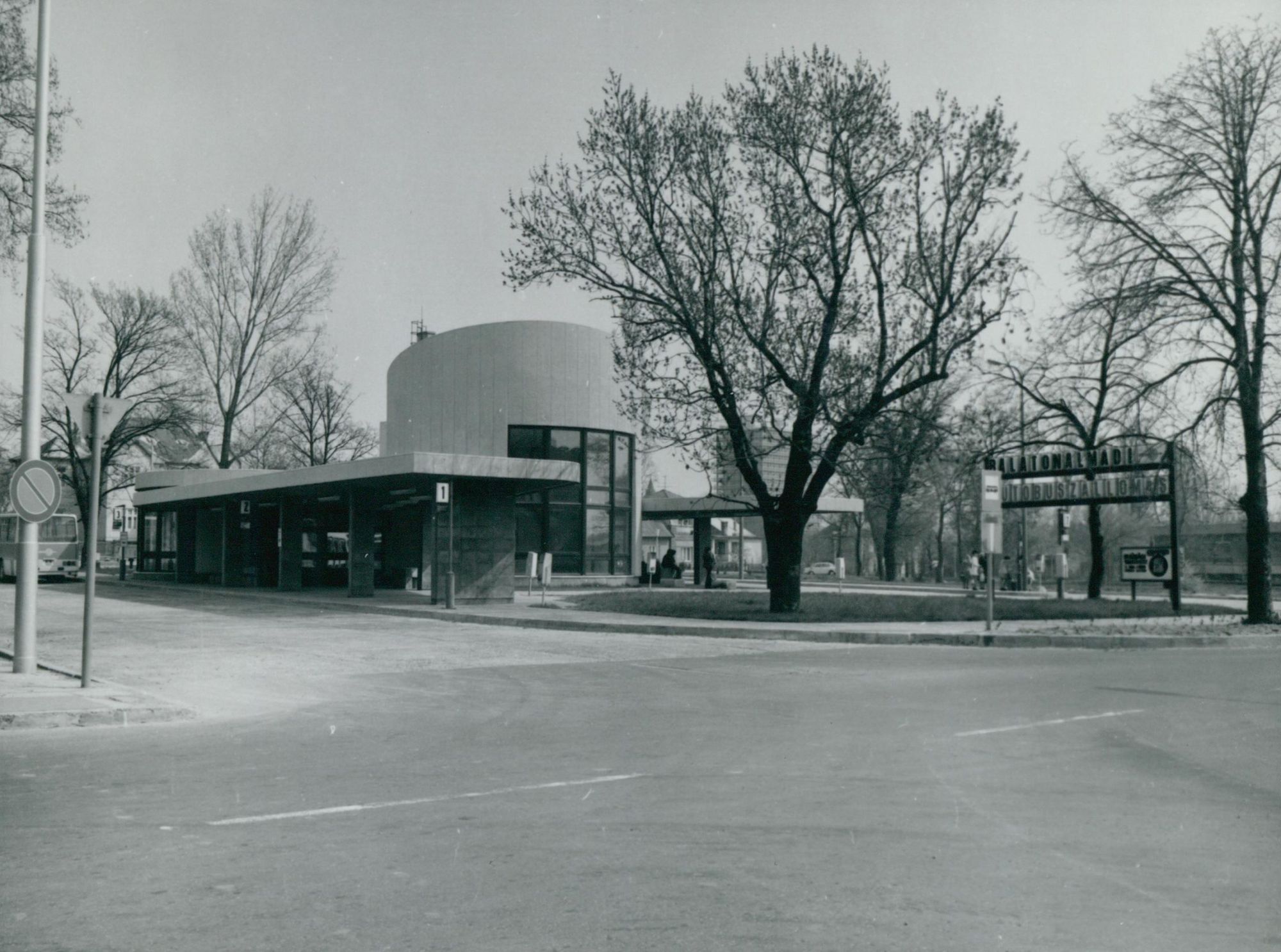
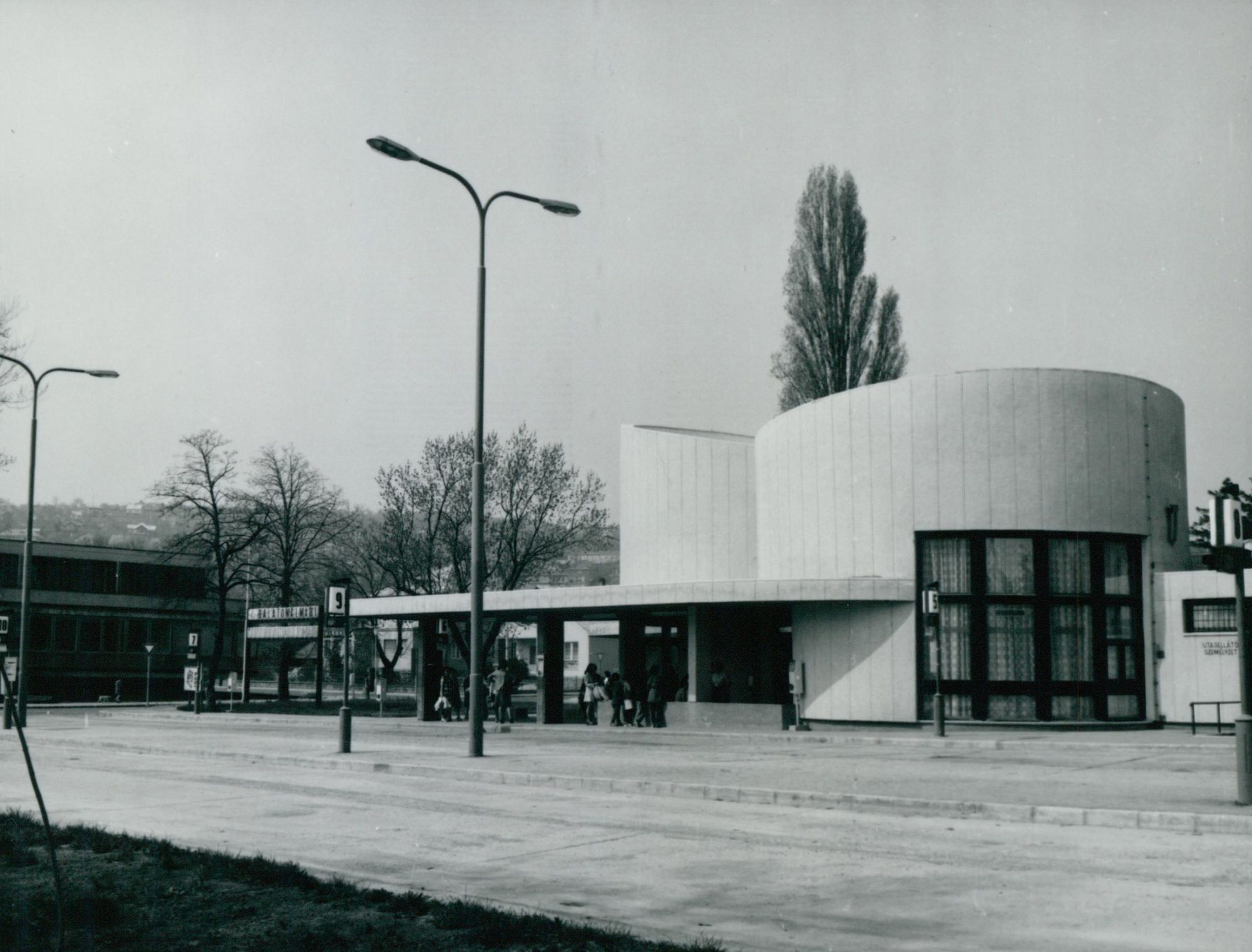

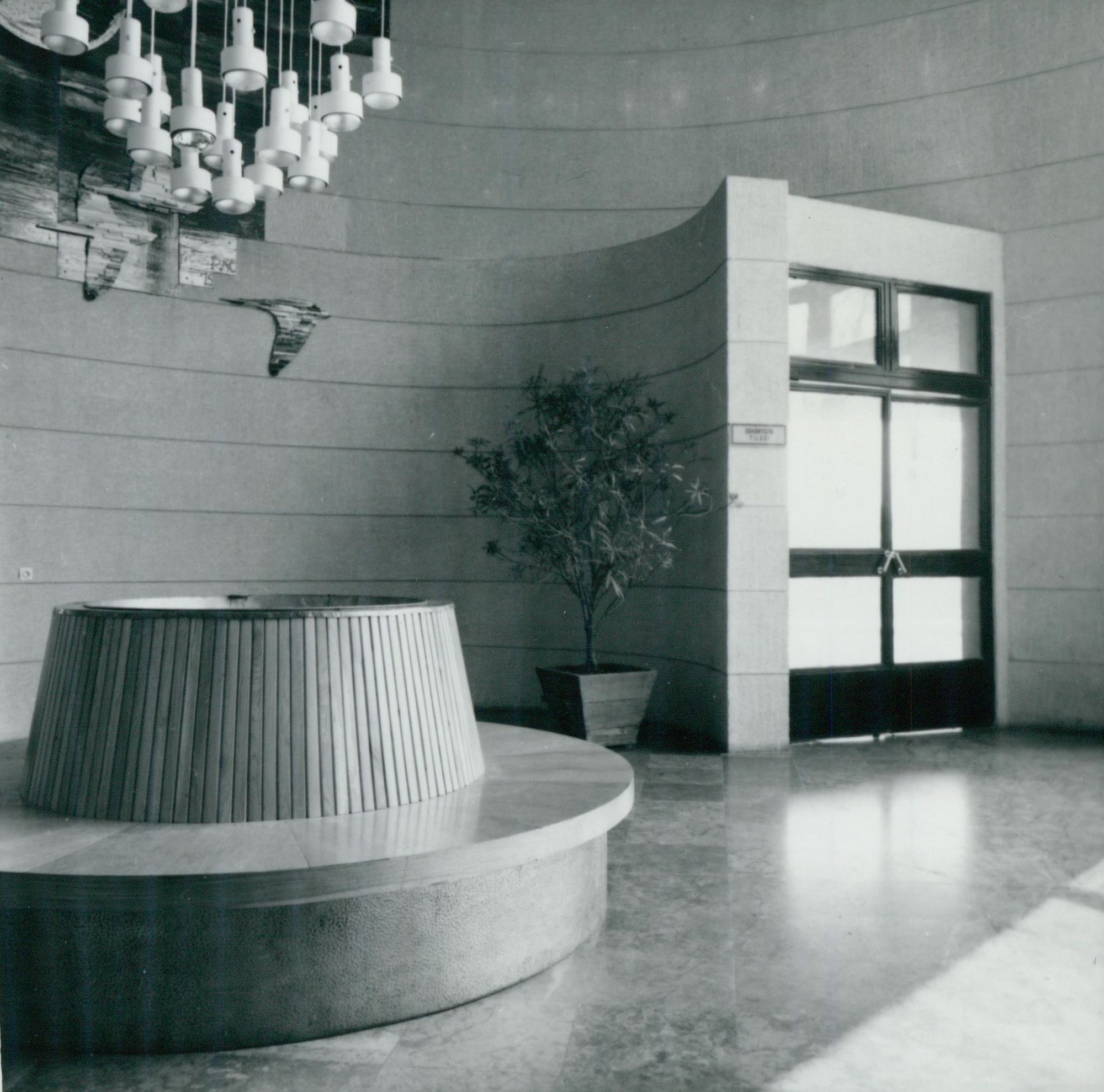
Stunning shapes | Lviv, Ukraine
An excellent example of Soviet modernist architecture is the bus station built in 1980, located on the southern outskirts of Lviv. The strange, triangular shape of the building and the sight of its concave façade form an exciting entrance to the Ukrainian city. The entrance from the portico leads to a hotel, while on the other side of the building is the actual bus station. In the center of the building is a circular waiting room, the interior is held together by a stunning view of the triangular coffered ceiling.
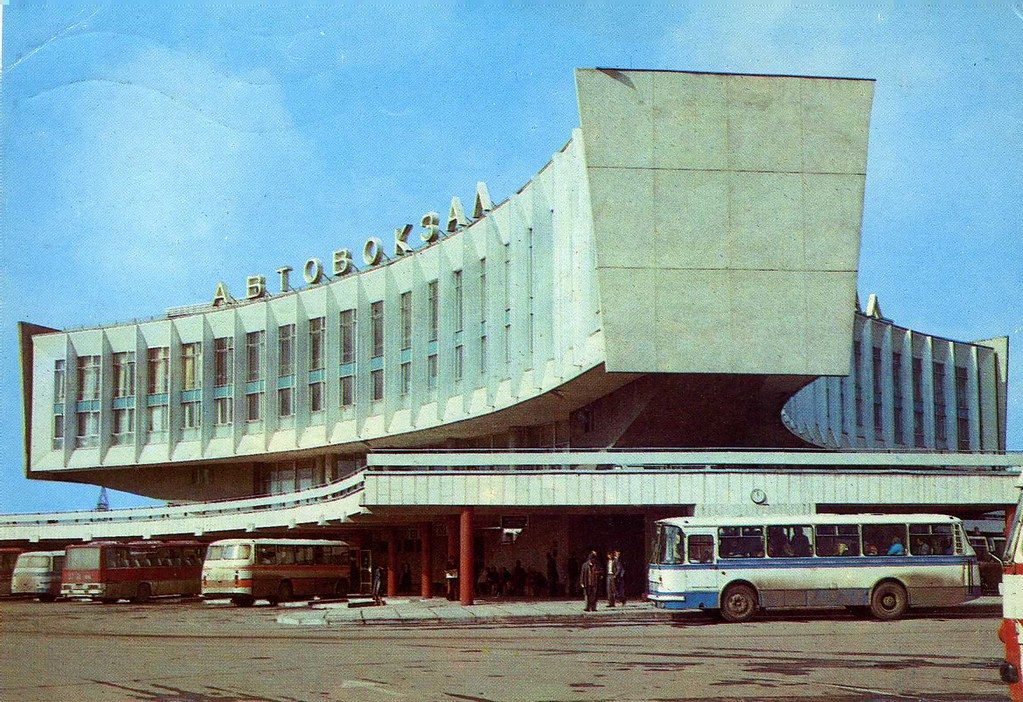
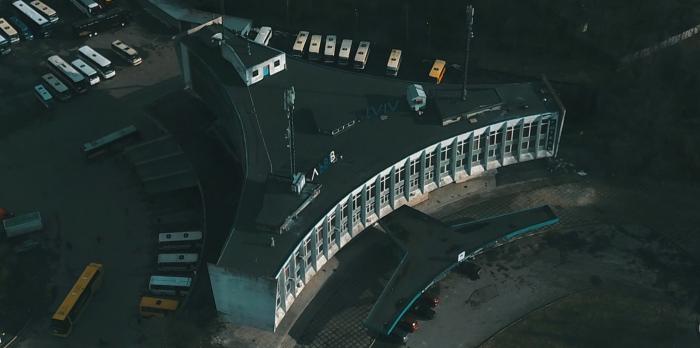
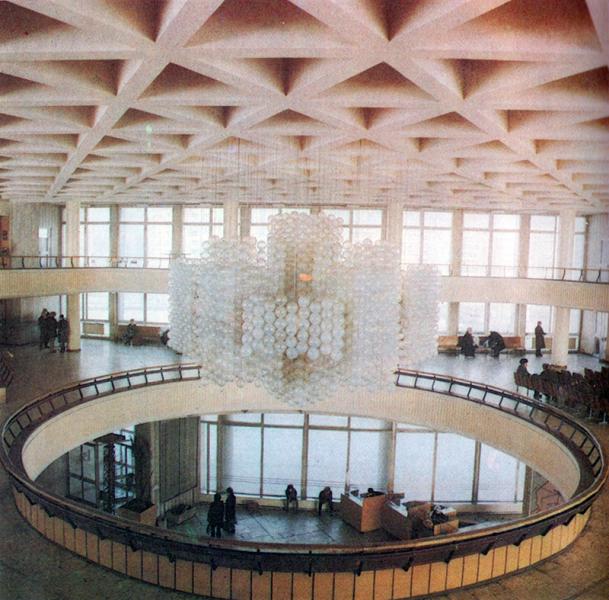
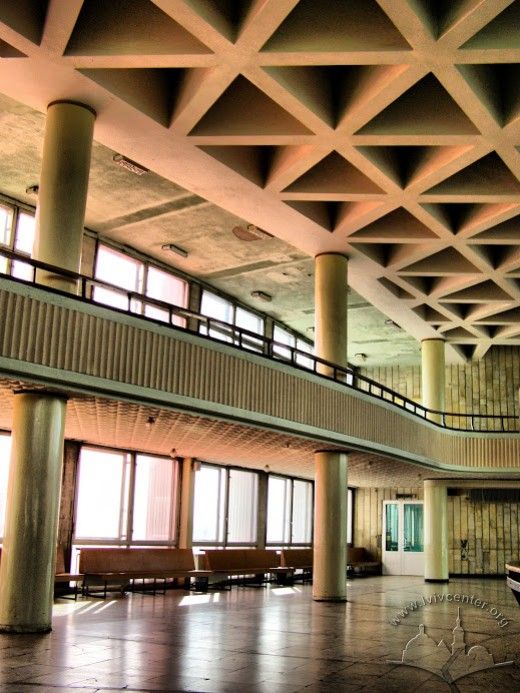
Small yet imposing | Galați, Romania
Irina Rosetti’s station, built in 1968, is simply adorable: its round shapes, high-rise parabolic glass windows and characteristic yellow color make this station truly unique and exciting. Entering, in addition to plenty of sunlight, an interior reminiscent of the sixties welcomes you.

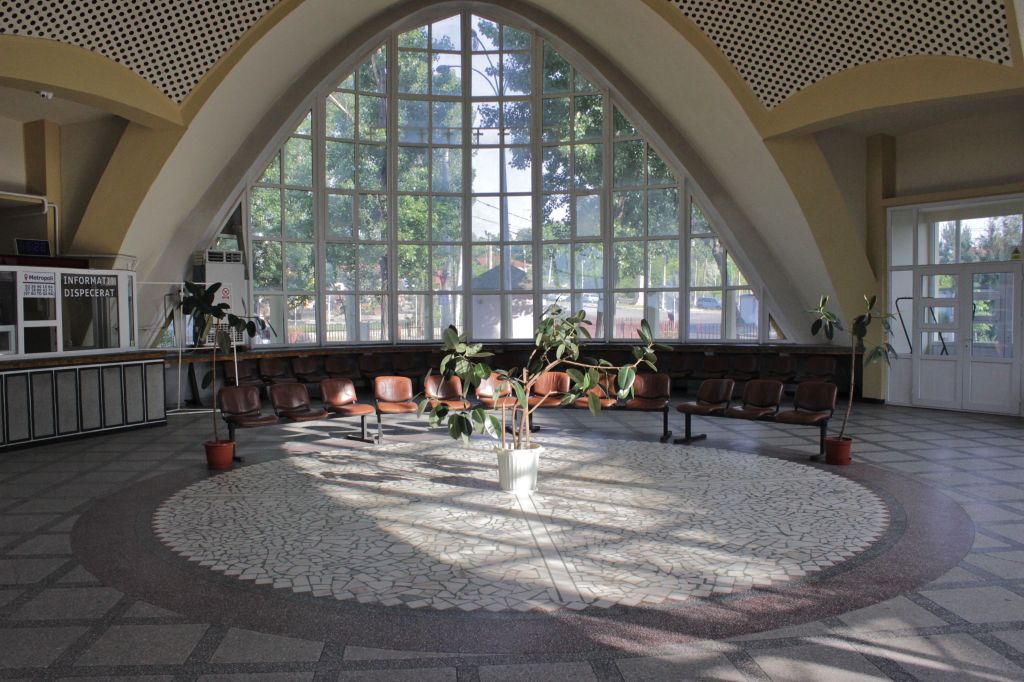
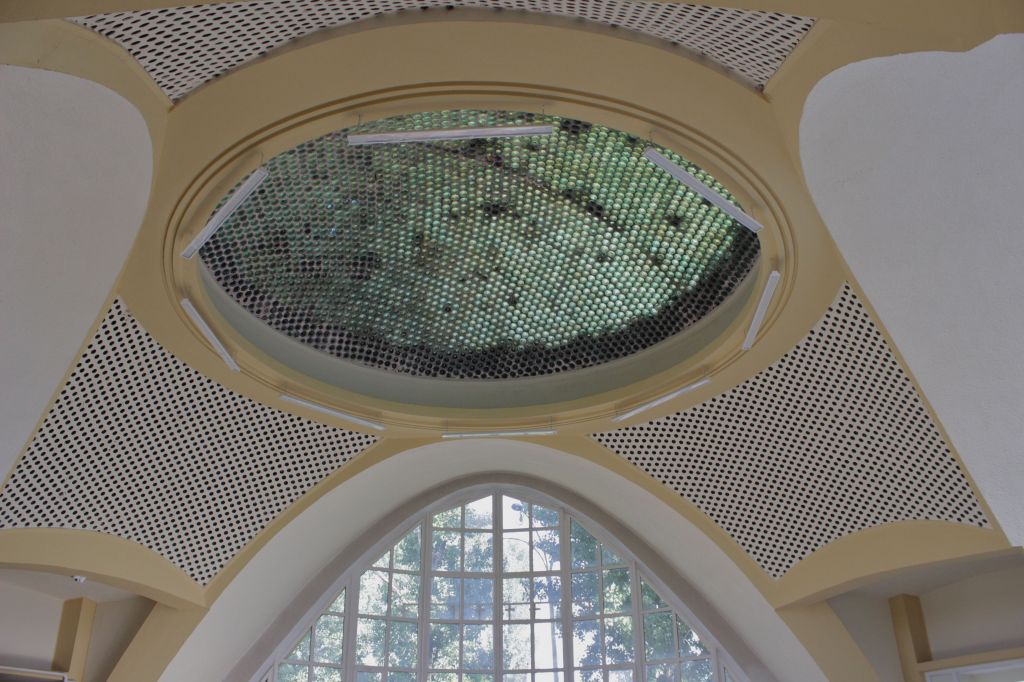
UFO stop | Kielce, Poland
Halfway between Warsaw and Krakow, it is worth stopping in Kielce, if only because of the impressive, retro-futuristic bus station. The building was completed in 1984, with Edward Modrzejewski as its chief architect. The shape of the building ensures free flow: the circle shape allows passengers to leave the station in all directions. The waiting room was covered with a high dome full of convex skylights. The expressive-futuristic atmosphere of the building is also emphasized by the concrete arches holding the structure and the surrounding concrete ring.

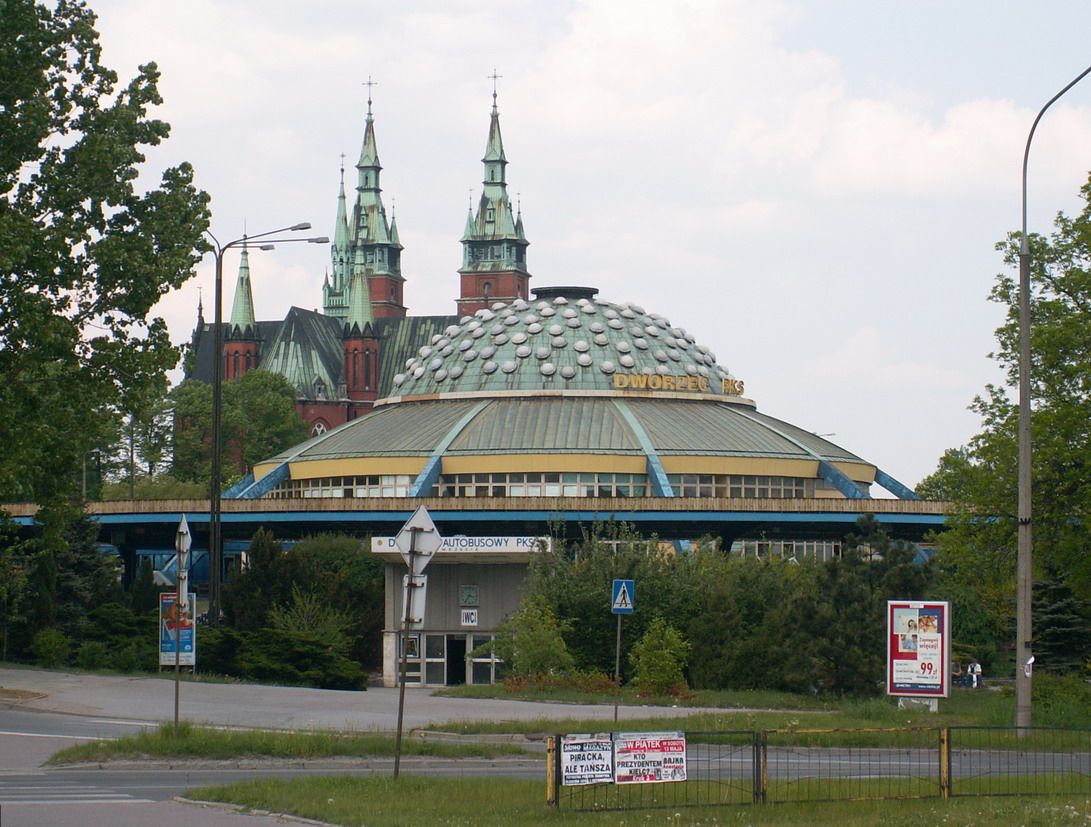
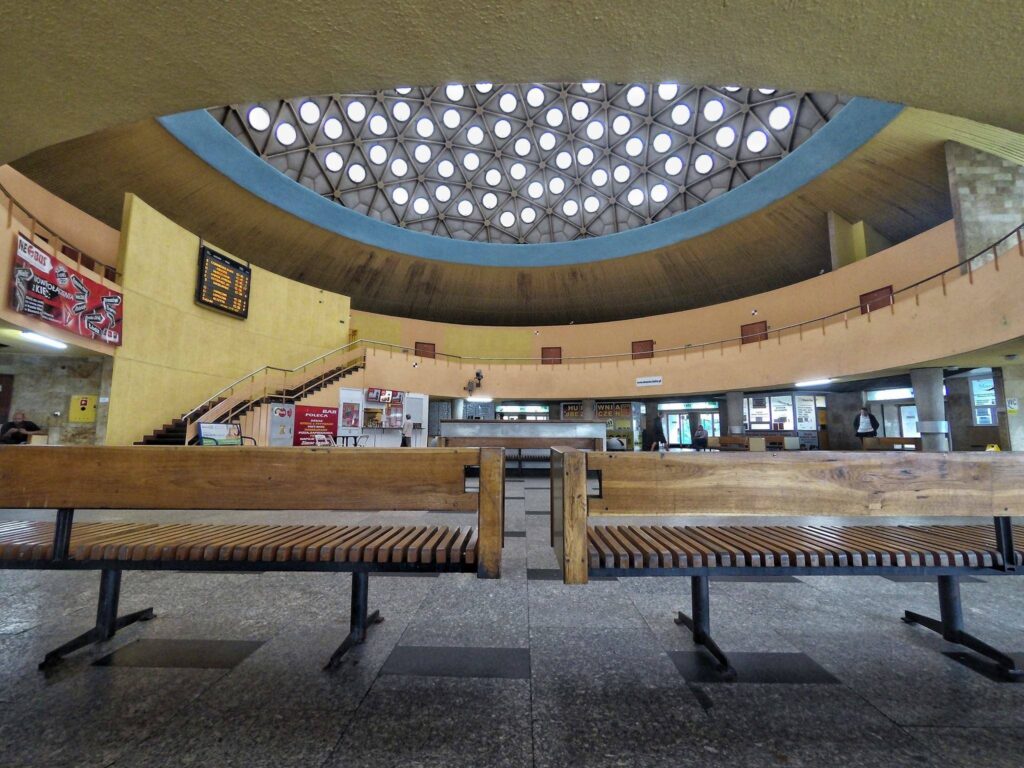
Source: Lechner Photo Gallery, Kathmandu & Beyond, Accidentally Wes Anderson, culture.pl
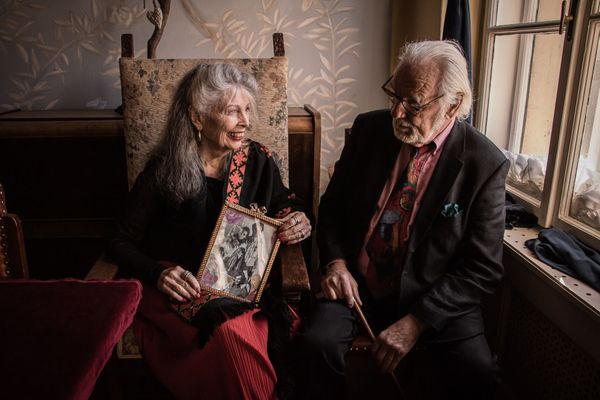
Preserving memories | The Memory

The coolest lamps in Eastern Europe | TOP 5
